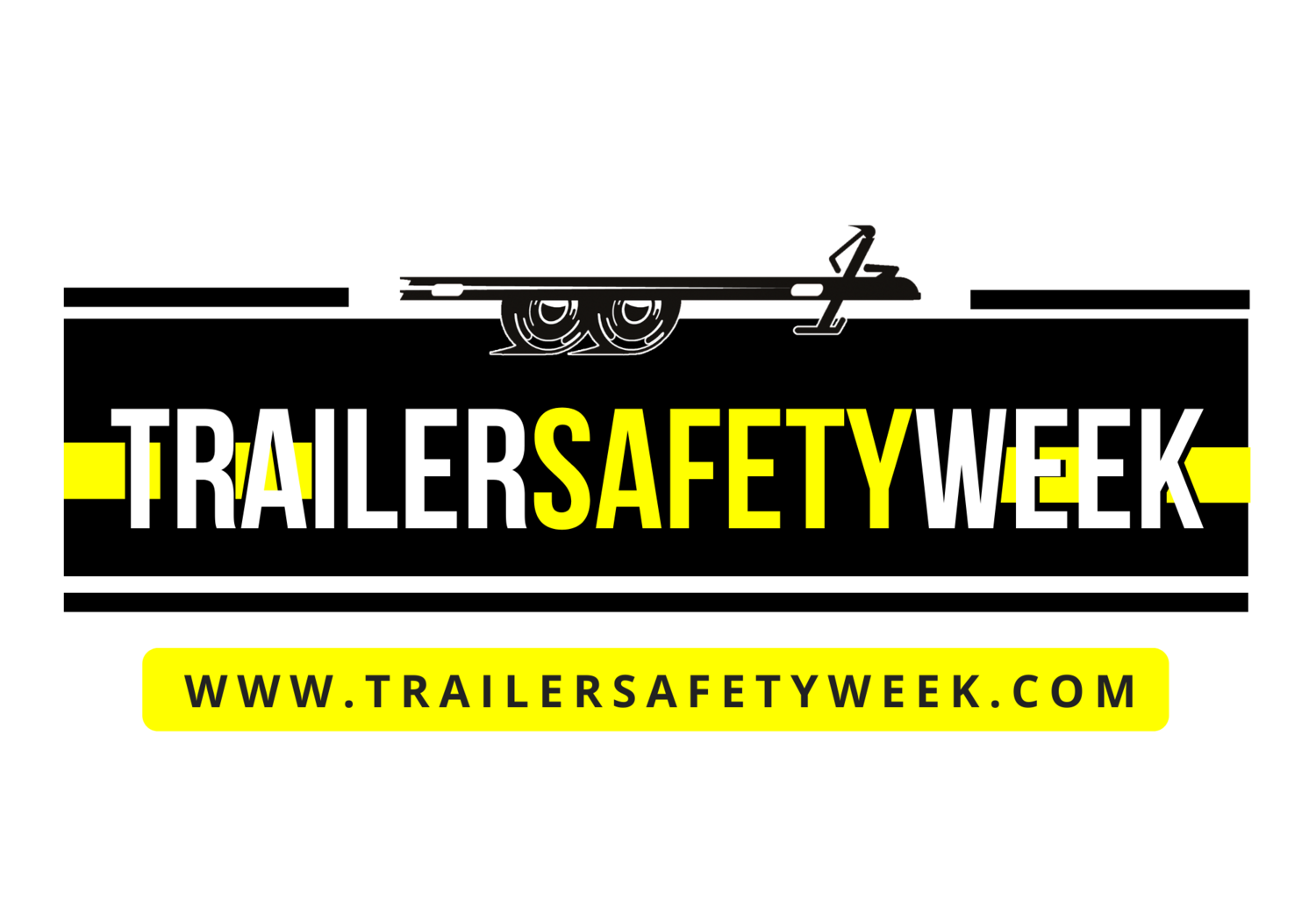Terms To Know | Tow Rating | Tow Vehicles | Suspension | Tires | Mirrors | Hitching | Compliance Verification Program
The Right Tow Vehicle And Trailer Combination
Towing a trailer will impact the operation of the tow vehicle. The larger the trailer and its cargo are in comparison to the tow vehicle, the greater the performance impact will be. Thus, knowing what your tow vehicle is capable of is just as important as selecting the right trailer. Vehicle manufacturers provide a “tow rating” in their owner’s manuals which provides the maximum weight the tow vehicle can tow when fully loaded. The GVWR of the trailer should never exceed the tow rating of the tow vehicle, even if the trailer is not loaded to its maximum capacity.
Terms To Know
Gross Vehicle Weight Rating (GVWR) – can be in reference to both the tow vehicle and trailer, and is the maximum the vehicle can weigh when fully loaded.
Gross Combination Weight Rating (GCWR) - the maximum allowable combined weight of the tow vehicle and the trailer when fully loaded, including passengers.
Gross Axle Weight Rating (GAWR) – the actual weight carrying capacity of each axle.
Tow Rating
Review your tow vehicle owner’s manual for specifics on its tow rating, Gross Combination Weight Rating (GCWR), and review your trailer owner’s manual and VIN tag to confirm the GVWR for your trailer. Do not use a tow vehicle with a max tow rating of less than the GVWR of your trailer. If you already have a tow vehicle, look up the tow rating, maximum loaded weight, and the maximum tongue weight that the vehicle is capable of safely towing.
Trailers 10,000 Pounds GVWR Or Less
Locate the statement, “The weight of cargo should never exceed XXX kg or XXX lbs.,” on your vehicle’s placard.
This figure equals the available amount of cargo load capacity.
Determine the weight of cargo being loaded on the trailer. This weight should never exceed the available cargo load capacity listed on the trailer’s tire placard.
The trailer’s tire placard refers to the Tire Information Placard attached adjacent to, or near, the trailer’s VIN (Certification) label at the left front of the trailer.
Trailers Over 10,000 Pounds GVWR
Note: Trailers over 10,000 lbs. GVWR are not required to have a tire information placard on the trailer and may not have one installed.
Determine the empty weight of your trailer by weighing the trailer using a public scale or other means.
Locate the GVWR (Gross Vehicle Weight Rating) of the trailer on your trailer’s VIN (Certification) label.
Subtract the empty weight of your trailer from the GVWR stated on the VIN label. That weight is the maximum available cargo capacity of the trailer and may not be safely exceeded.
It is very important to know the full weight of the load you will be carrying to ensure you have the proper tow vehicle and trailer combination. The best way to determine that is to weigh your trailer and the load using a certified and calibrated weigh scale.
Tow Vehicles
Cars and crossover SUVs can be used as tow vehicles, but their towing capacity is lower than that of a truck or SUV. Light and medium duty trucks are effective tow vehicles for towing capacities ranging from 0-14,000 lbs GVWR, and 14,000-26,000 lbs GVWR respectively.
Locate the statement, “The combined weight of occupants and cargo should never exceed XXX lbs.,” on your vehicle’s placard.
Determine the combined weight of the driver and passengers who will be riding in your vehicle.
Subtract the combined weight of the driver and passengers from XXX kilograms or XXX pounds.
The resulting figure equals the available amount of cargo capacity. For example, if the “XXX” amount equals 1400 lbs. and there will be five 150 lb. passengers in your vehicle, the amount of available cargo capacity is 650 lbs. (1400-750 (5 x 150) = 650 lbs.).
Determine the combined weight of cargo loaded on the vehicle. The total of this weight may not safely exceed the available cargo capacity calculated in previous step.
If your vehicle will be towing a trailer, a portion of the load from your trailer will be transferred to your vehicle. Consult the tow vehicle’s manual to determine what the vehicle manufacturer’s recommended hitch weight is for your tow vehicle.
Suspension
The tow vehicle’s suspension must be able to support the trailer, and be able to keep the tow vehicle level to avoid creating negative stresses on the tow vehicle combination and making the trailer harder to control.
Tires
The tow vehicle’s tire air pressure should be set to the tow vehicle and tire manufacturer’s recommendation. Proper tire air pressure will provide the smoothest riding experience and give the driver the most control over the trailer. Review your trailer owner’s manual to confirm the recommended air pressure for your trailer tires.
Mirrors
The tow vehicle must have mirrors on both sides, which will make it easier to see what is behind you. Avoid mirror placements that create blind spots.
Hitching
Ensuring you have the proper hitch for your load and properly hitching the trailer to the tow vehicle is crucial each time you tow a trailer. Read more here.
Compliance Verification Program
When considering what kind of trailer to buy, ensure you are buying the right trailer for its intended purpose. Trailers not only vary based on connection, for example gooseneck or bumper pull, but also for their intended purpose. Talk to your dealer not only about your vehicle’s towing capacity, but also the intended use of your trailer to ensure you have the right equipment for the job. Trailers that have an NATM compliance decal indicate the manufacturer has passed the NATM Compliance Verification Program which is based on Federal Motor Vehicle Safety Standards, regulations, and industry best practices regarding trailer manufacturing.

